Port speaks to one of the most exciting young photographers working today about Flickr, being self-taught and shooting the AW campaign for Margaret Howell
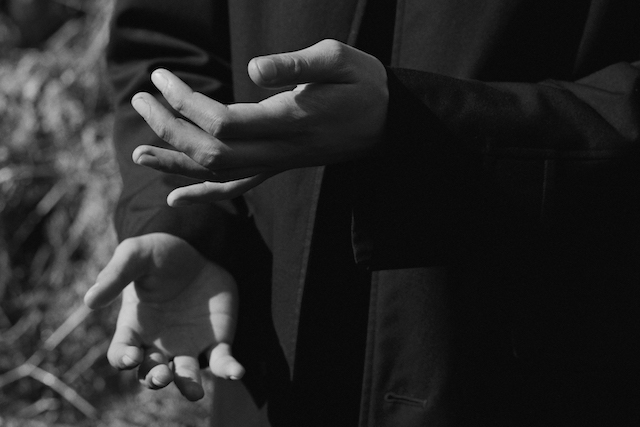
Jack Davison’s photography has the wry, spirited edge of someone who understands the rules but has never felt compelled to follow them. Though he studied English Literature, rather than photography, at university, Davison has always been always been motivated most by working with his camera. At first a hobby, photography gave Davison access to an online community that transcended the limitations of his rural upbringing, his Flickr account becoming a portfolio and social platform where he could freely experiment and learn.
Now based in London, Davison’s first stop after leaving his native Essex in 2013 was in America’s flyover states, where he spent six months. Suddenly free and in a fresh environment, he met several of the photographers that he’d been speaking to online and shot the documentary series ‘26 States’ that first made his name. The images – intimate portraits and expansive, expressive landscapes – reveal Davison’s willingness to experiment, and speak to his empathy for isolated and remote living.
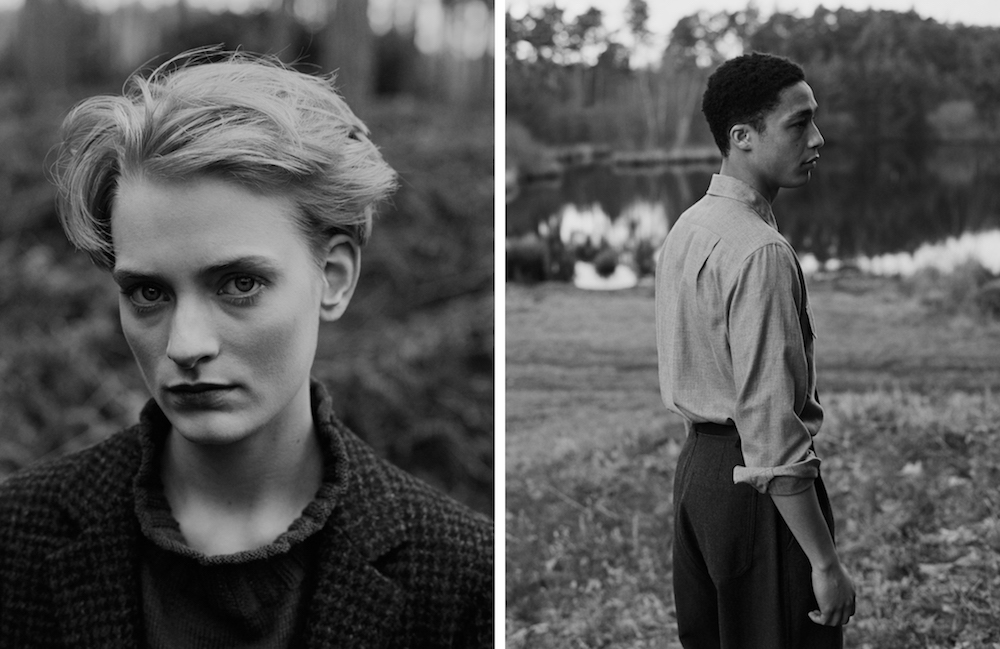
Davison’s earliest commission was a fashion story for Port in 2014, for which he was given freedom to explore his own style, and it would herald the start of a long list of fashion and editorial work with publications like British Vogue, The New York Times Magazine and I-D or brands like McQ by Alexander McQueen, John Galliano and Burberry.
Most recently Davison has shot the Margaret Howell AW18 campaign at Black Lake in Farnham, Surrey. Styled by Beat Bolliger, the clean lines of the clothes are paired with the off the cuff ease of the two models. One of Davison’s trademarks is an ability to capture spontaneity, producing images imbued with a lively authenticity; with his lens on fashion this serves to establish an alluring sense of moment.
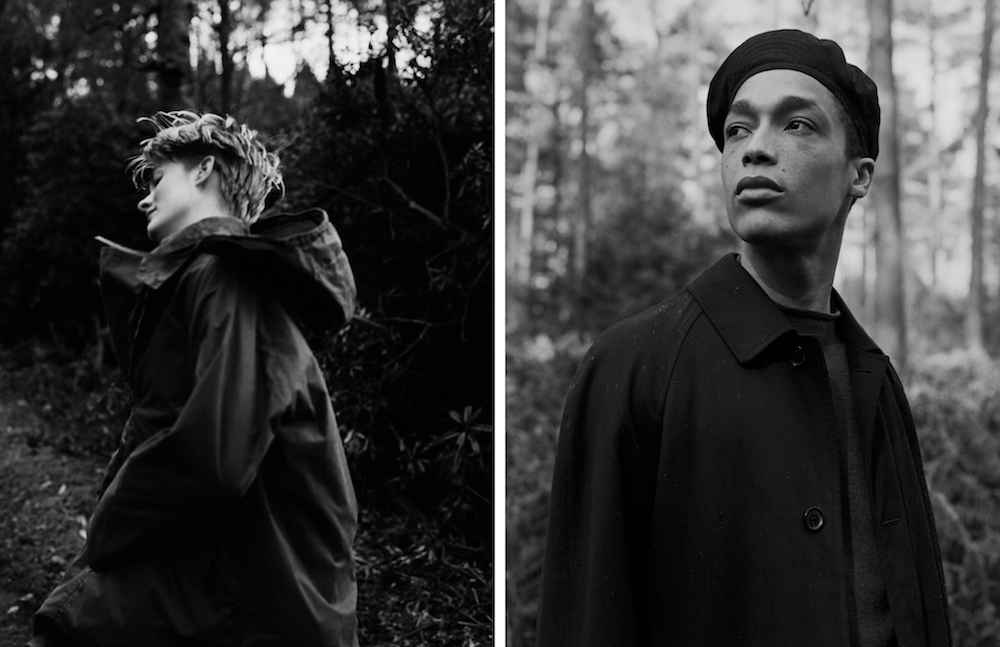
How did you come to photography?
I was always drawing and wanted to be a painter as child, but later in my adolescence I realised I wasn’t as good as painting as I’d hoped. I started borrowing the family camera when I was 15 or 16 and haven’t really stopped taking pictures since.
You were influenced by Flickr – what role have digital platforms had in building your own profile?
Digital platforms have always been really crucial to me, I was stuck in the Essex countryside and, while idyllic, it wasn’t easy to find much photographic references or to engage with other photographers. Flickr was first, then Tumblr, then numerous others – they allowed me to see interesting work and helped push me to be making and photographing each day.
They also remove the necessity of publishing work in traditional formats like print, as you suddenly had access to thousands of pairs of eyes all over the world. For me it was hugely thrilling that suddenly someone on the opposite side of the globe could see a picture that I had taken the same day.
When I post on Instagram I still get the same little thrill I got when I was 16 and posting a picture. It still allows you to have a dialogue with the wider world and create your own work without necessarily having to wait to be commissioned or asked to shoot something.
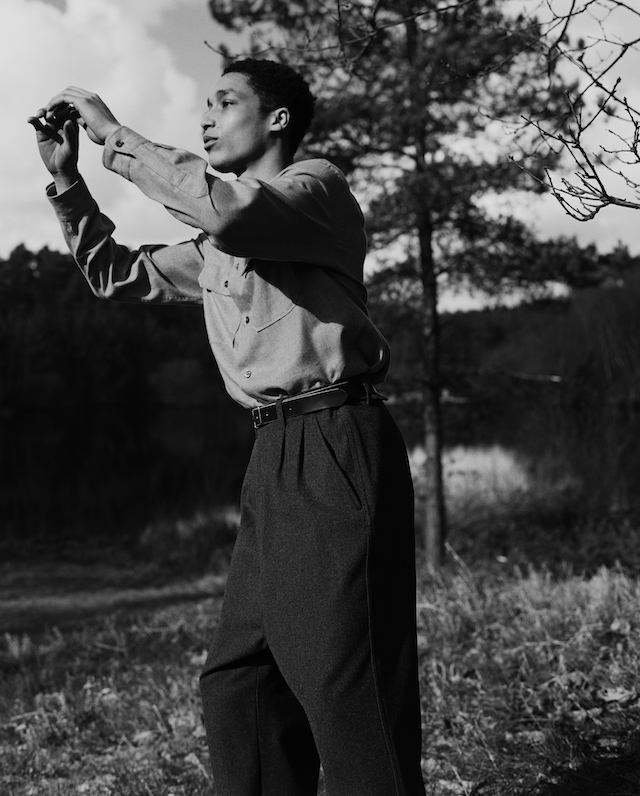
What was the process of self-educating that you went through?
I’ve been described as self-taught which, while technically true, is unfair to all the important people who helped me out and shaped the way I think. The internet was my first tutor, and meant I had access to millions of images that I absorbed almost carelessly. It was hard to know whose image you are looking at – so often I would be gorging myself on Walker Evans, Man Ray, Manuel Bravo, Francesca Woodman, Picasso, Ernst Haas, without ever really realising who they were and the broader bodies of work that those photos were part of.
The internet also introduced me to many photographers who helped me out and expanded my country bumpkin sphere to London, or allowed me to meet other photographers from American and Japan.
The crucial point was meeting Brett Walker through Flickr – he was the first to slap me on the wrist and tell me I was doing certain things wrong, and I’m indebted to his early influence. His Portobello flat was my semi-formal education in exotic cameras, in how vital casting is, and the importance of the strength of conviction in everything you do. That concoction of taking vast amounts of images, direction from Brett and shooting everyday was my bootcamp for learning about photography in its purest sense. The self education has never stopped though. It’s important that I remember how little I know, and that I can always be trying to learn more and get better.
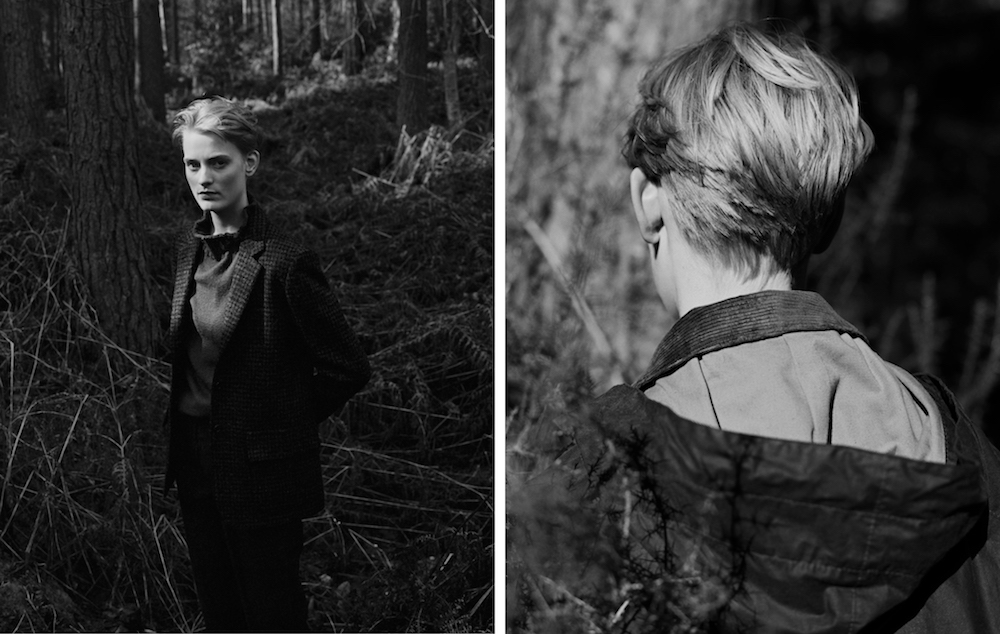
You work many different genres of photography. Do these require something different or do you think you can bring the same approach to all?
I try and approach everything in the same way, whether it’s street or portraiture, it’s important to me that it has a sense of urgency and emotion to it. It’s usually me turning up with a bag of cameras, already overheating and sweating and trying to keep everything as grounded as possible.
What was the concept behind the Margaret Howell AW18 campaign?
I don’t know necessarily if there is a concept to the shoot. It has very naturalistic and simple approach, where we take two people, a girl and a boy, and shoot them in a location close to Margaret’s heart. The Margaret Howell campaign is one of the few campaigns I’d seen that I thought tied quite closely to the kind of black and white work I like to do, so I always thought it would be a good match. I guess as concepts go, I wanted to try a bring a lightness and playfulness to the shoot that I felt could maybe shift the feeling of the pictures. The campaign is always beautiful but I wanted to just try and imbue it with a bit more mischief and freedom.